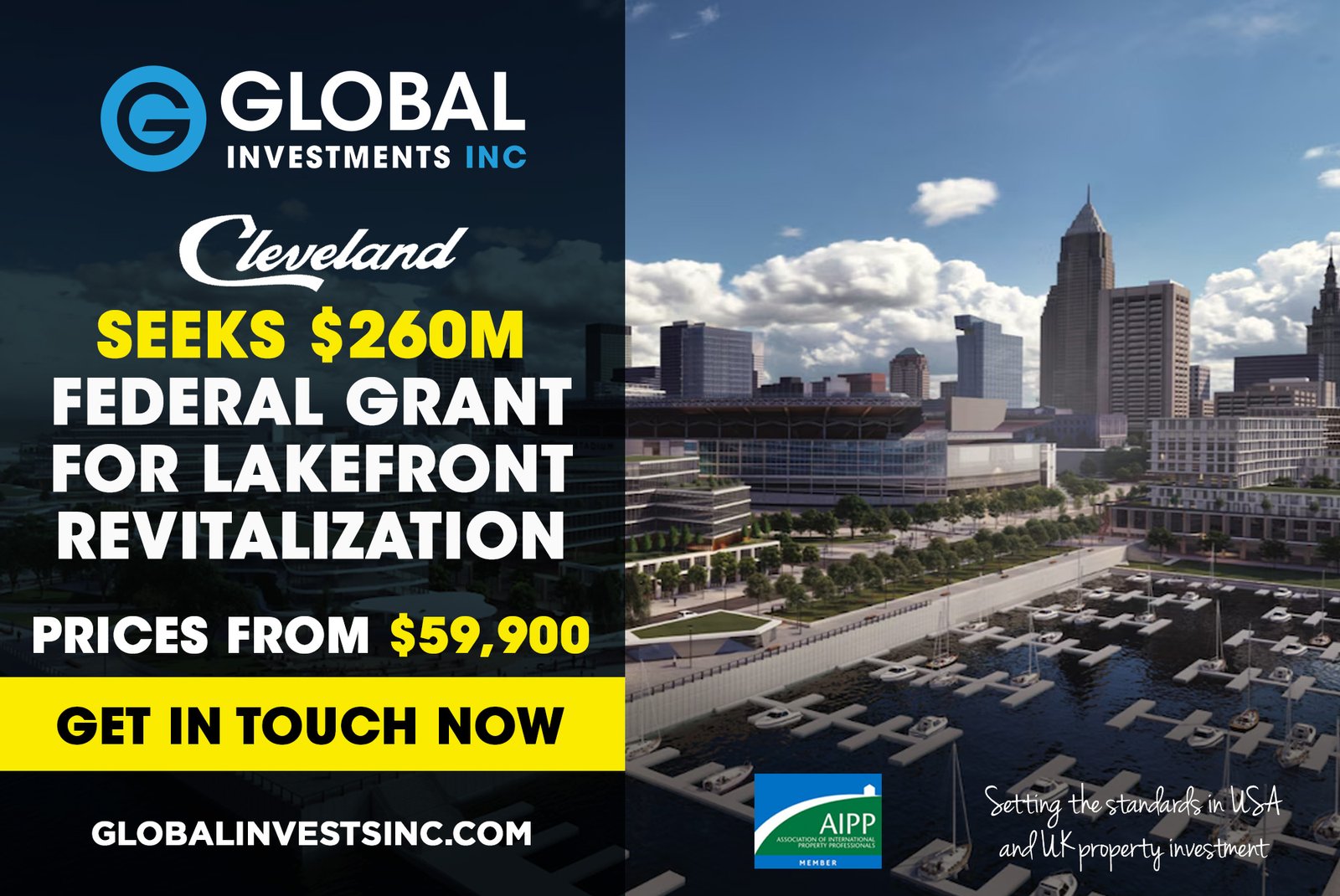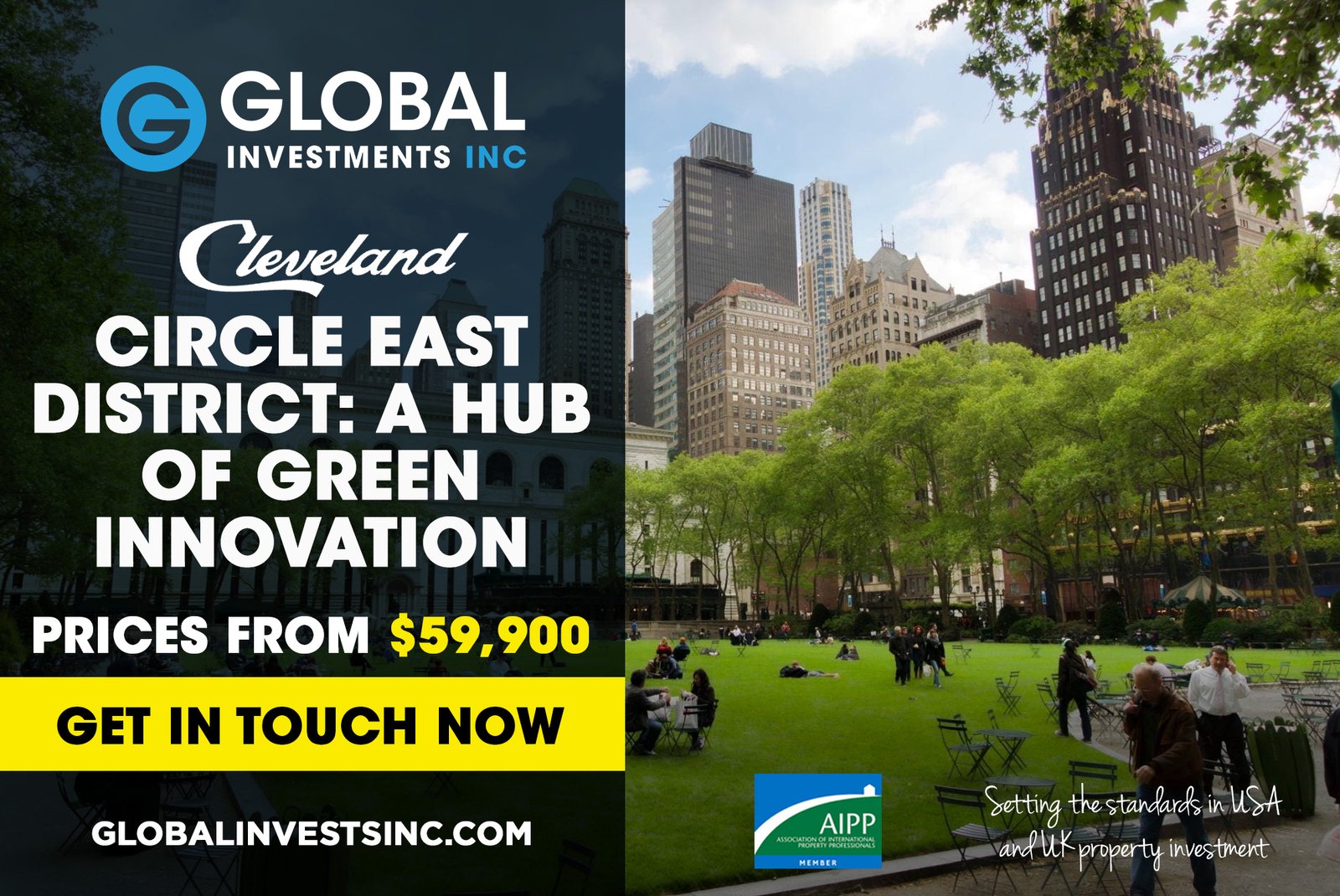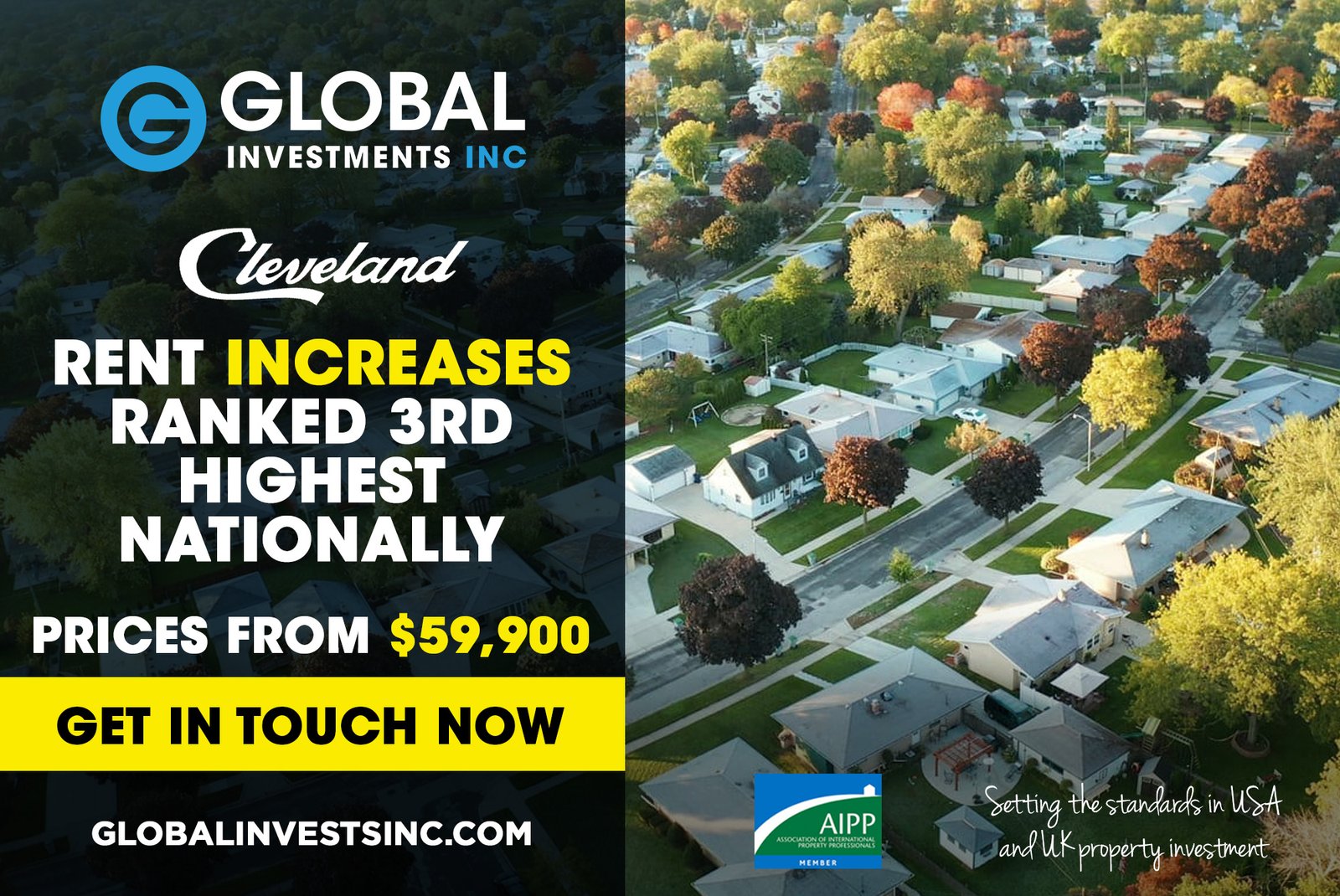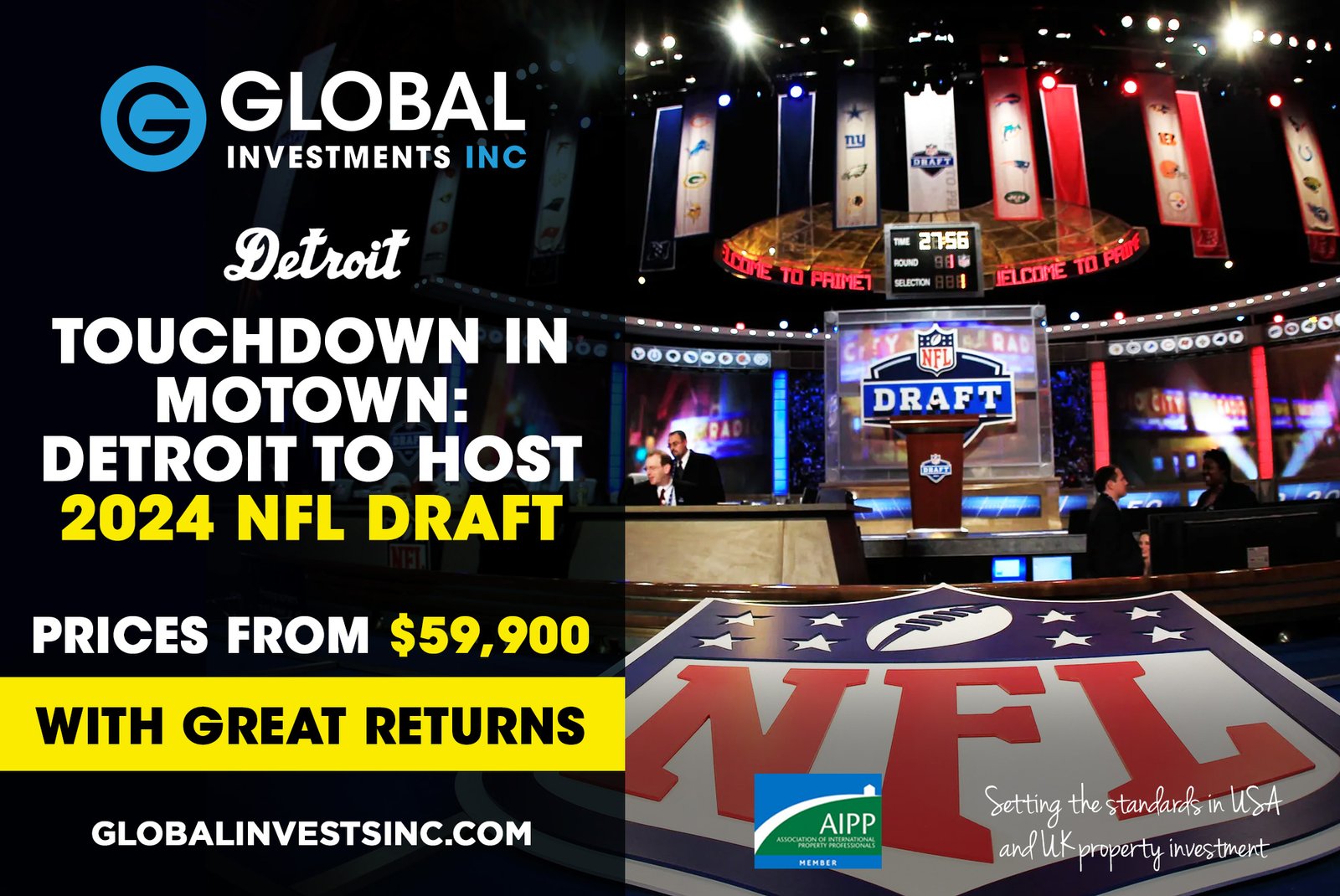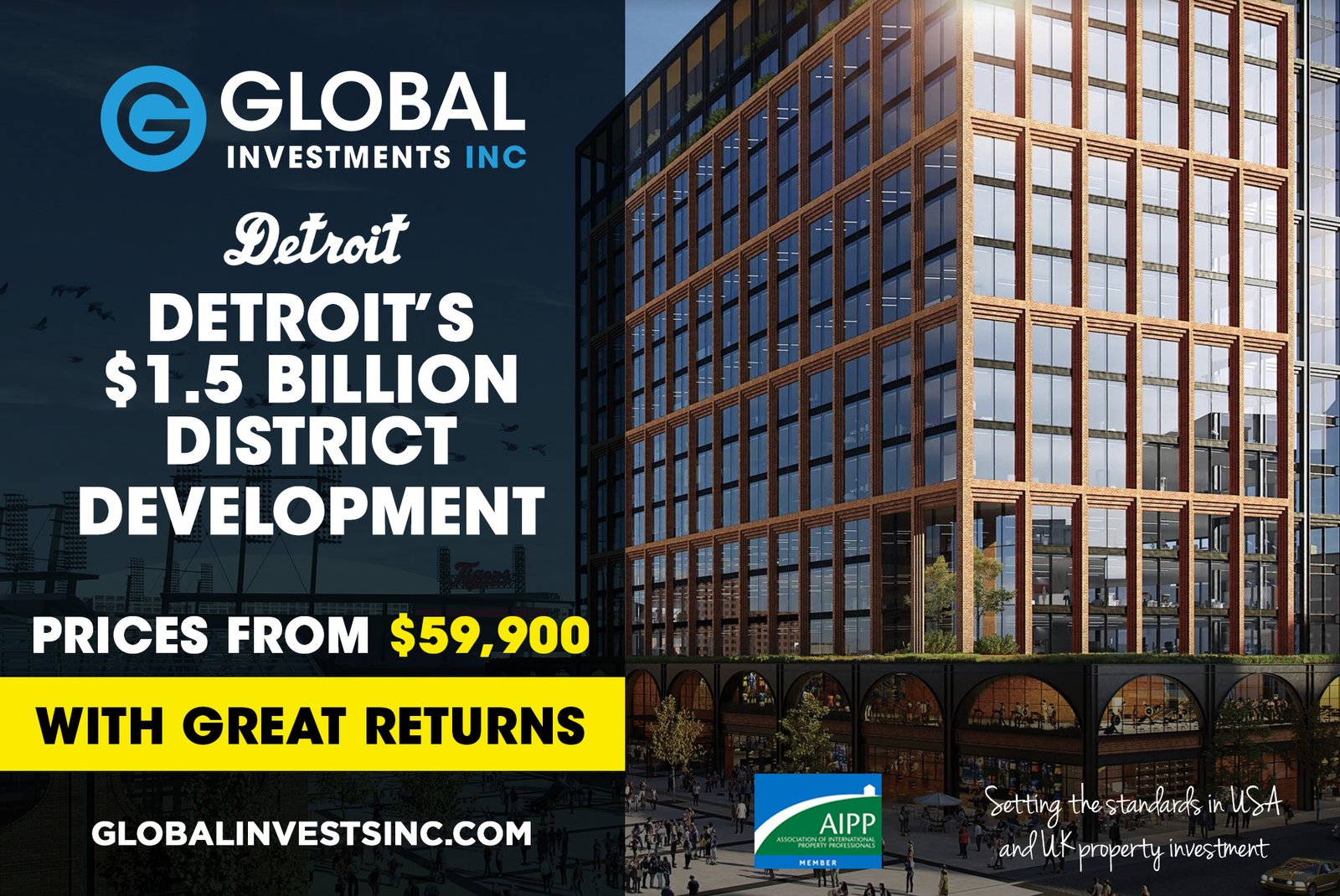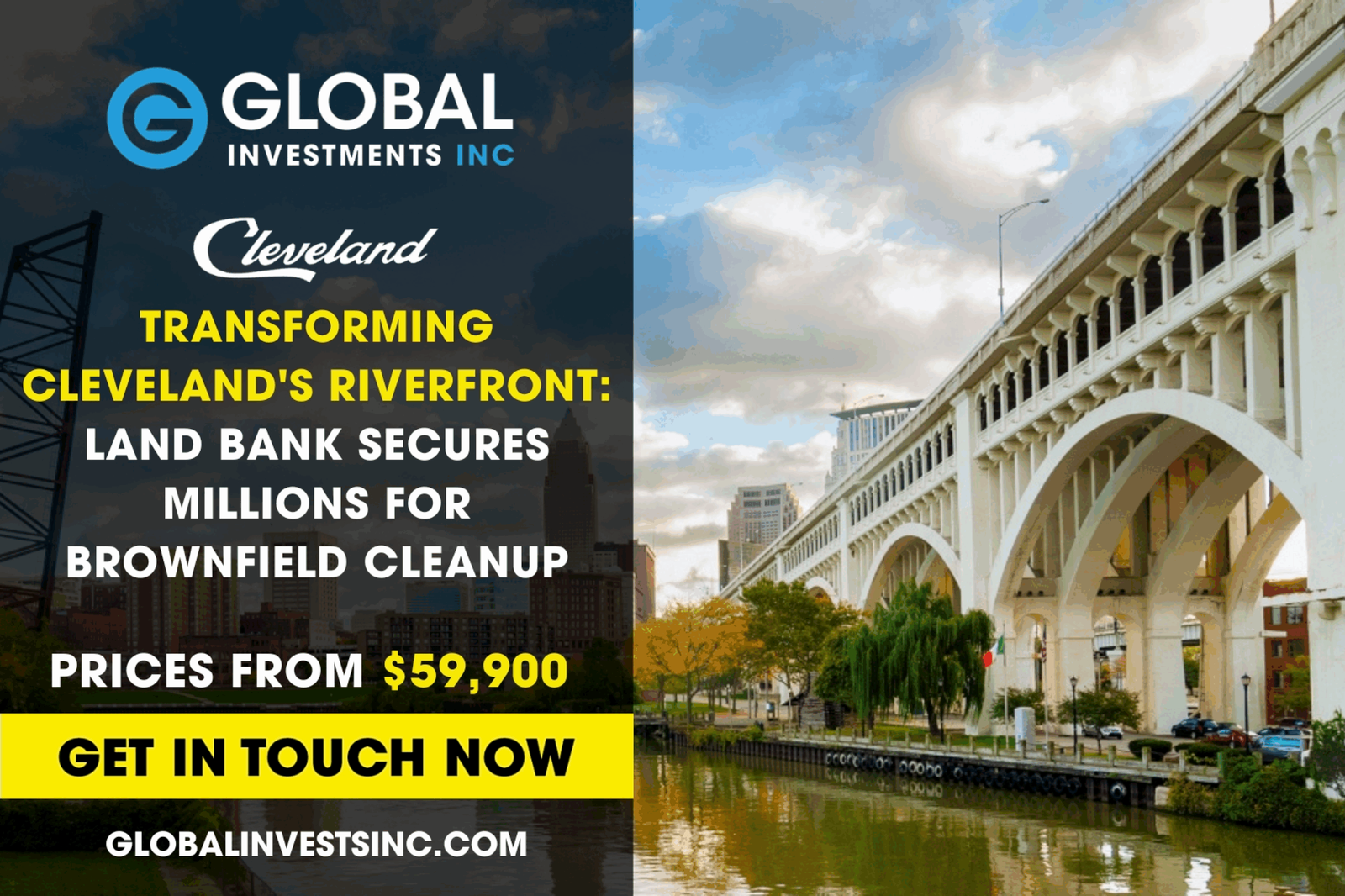
Transforming Cleveland’s Riverfront: Land Bank Secures Millions for Brownfield Cleanup
Cuyahoga County is set to undergo a significant transformation as the Cuyahoga Land Bank secures $23 million in state funding to clean up and redevelop long-neglected brownfield sites. These areas, once hubs of industrial activity, have lain dormant for decades, posing environmental hazards and stalling economic growth. With this infusion of funds, Cleveland’s landscape is poised for a revival that will bring new housing, jobs, and public spaces to the community. A Legacy of Industrial Use The sites earmarked for cleanup have deep historical roots, with some dating back nearly two centuries when Cleveland was a booming industrial center. The land on the Tower City Center side of the Cuyahoga River, now planned for Bedrock’s Riverfront Development, has been used for various industrial purposes, including paint and varnish production, oil works, and scrap iron yards. The result is a landscape riddled with contamination from hazardous materials like arsenic and lead, which must be addressed before any new construction can begin. The Cuyahoga Land Bank, officially known as the Cuyahoga County Land Reutilization Corp., has been a pivotal player in securing multiple funding awards from the Ohio Department of Development’s Brownfield Remediation Program. This program is designed to help communities reclaim hazardous properties and prepare them for new development. The Land Bank has already been active in demolishing over 1,100 blighted structures, primarily abandoned single-family homes in Cleveland and East Cleveland. However, the latest awards focus on larger, more complex industrial sites that require expert remediation. Key Projects Underway One of the most prominent projects benefiting from this funding is the Bedrock Riverfront Development. With a $10 million grant, this downtown Cleveland project will involve the remediation of three parcels along the riverfront. These properties, currently used as surface parking lots, are contaminated with industrial pollutants. The cleanup will include removing contaminated soil, demolishing existing structures, and replacing the soil with clean fill. Bedrock Real Estate plans to transform the area into a vibrant mixed-use district featuring public recreation spaces, offices, retail outlets, and parking facilities. The redevelopment is expected to generate long-term economic and recreational benefits for the Cleveland community. Another significant project is the former National Acme site, located at the intersection of Cleveland’s Glenville and Collinwood neighborhoods. This historical machine-tool manufacturing facility has become a public nuisance due to illegal waste disposal and unauthorized demolition. With a $7.6 million award, the site will undergo extensive cleanup, including asbestos removal, waste disposal, and the demolition of remaining structures. The goal is to clear the way for new developments that can breathe life back into the surrounding neighborhoods. In Middleburg Heights, the former Sears Southland Shopping Center is also slated for redevelopment, thanks to a $5.6 million grant. This project involves cleaning up two vacant structures, including a large former department store and an automotive shop. The site will be transformed into a mixed-use development with 375 multifamily rental units, retail space, and public park areas. This redevelopment aligns with the Middleburg Heights Community Master Plan and is expected to create 400 new jobs and retain 270 existing positions. A Broader Impact on the Community The impact of these projects extends far beyond the individual sites. The Land Bank’s efforts are part of a larger strategy to stabilize and revitalize neighborhoods across Cuyahoga County. As Land Bank President and General Counsel Gus Frangos noted, “This award will have a meaningful impact on the individual cities where we demolish blighted properties and on Cuyahoga County as a whole. We are grateful for the continual support from the State of Ohio, Governor DeWine, and the Department of Development. They have been critical partners in our work and the progress land banking has made across our county.” Demolition is a critical tool in the Land Bank’s strategy. Removing blighted properties not only improves the physical appearance of neighborhoods but also helps to restore community pride and increase property values. In East Cleveland, for example, the long-abandoned Huron Place apartment tower has been a magnet for criminal activity since the nearby Cleveland Clinic Huron Hospital closed in 2011. The Land Bank’s plans to demolish this 13-story eyesore are expected to have a transformative effect on the surrounding area, paving the way for new investment and development. Looking Ahead The cleanup and redevelopment of these brownfield sites represent a significant investment in Cleveland’s future. By turning contaminated, underutilized land into thriving communities, the Cuyahoga Land Bank and its partners are helping to reshape the city’s landscape and create opportunities for economic growth. As these projects move forward, residents can look forward to a revitalized Cleveland that honors its industrial past while embracing a more sustainable and prosperous future.

